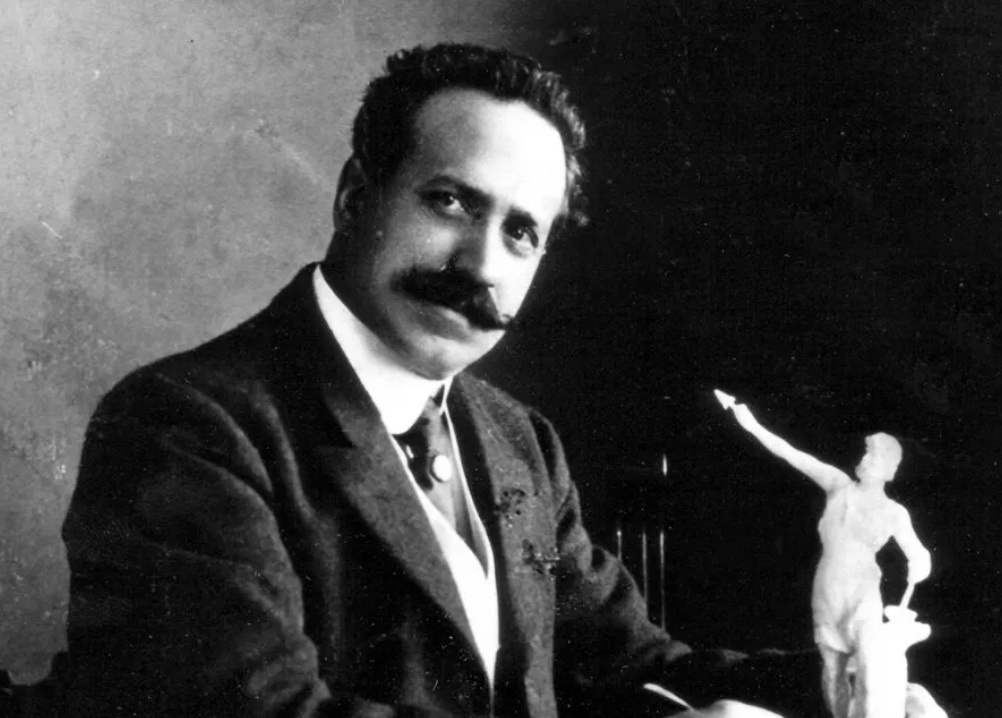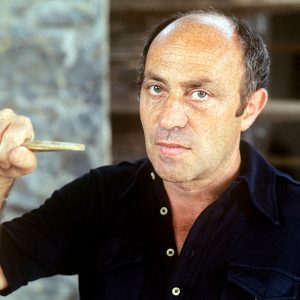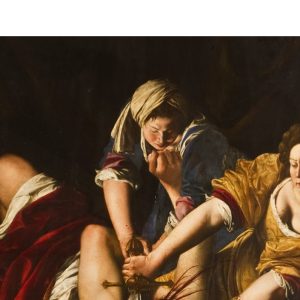Giuseppe Moretti, born in Siena on 3 February 1857, became one of the most renowned sculptors in the United States. Although he trained in Italy, his most famous works stand thousands of miles from his homeland, particularly in Birmingham, Alabama, and Pittsburgh, Pennsylvania.
From an early age, Moretti demonstrated a passion for sculpture. He apprenticed under Tito Sarrocchi in Siena before continuing his studies at Florence’s Academy of Fine Arts. His artistic journey took him across Europe, including stints in Croatia, Vienna, and Budapest, before he made the move to America in 1888.
Moretti’s career flourished in the United States, where he established a partnership with Austrian-American sculptor Karl Bitter in New York. Through commissions from prominent architects like Richard Morris Hunt, he created pieces for the wealthy elite, including the Vanderbilt family in Newport, Rhode Island. Yet, it was his large-scale public monuments that cemented his reputation.
Most famous works of Giuseppe Moretti
His most famous work, the 56-foot (17.07m) cast-iron statue of Vulcan, the Roman god of fire and metalworking, was created for the 1904 St. Louis World’s Fair. Commissioned as a symbol of Birmingham’s industrial heritage, the statue was cast in iron in Alabama before being transported to the exposition. Today, as the largest cast-iron statue in the world, it stands atop Red Mountain overlooking Birmingham.
While in Alabama, Moretti discovered the high quality of Sylacauga’s marble, which rivalled Italy’s Carrara marble. From this stone, he sculpted what he considered his greatest work, Head of Christ, now housed in the Alabama Department of Archives and History. His other works in Alabama and beyond reflect his deep appreciation for both classical and contemporary styles.
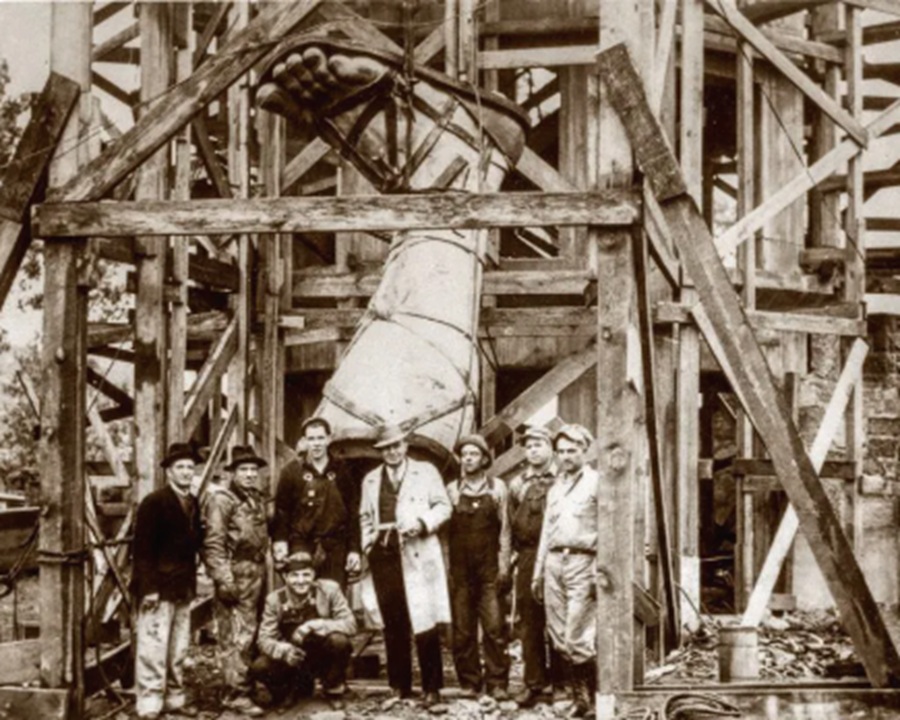
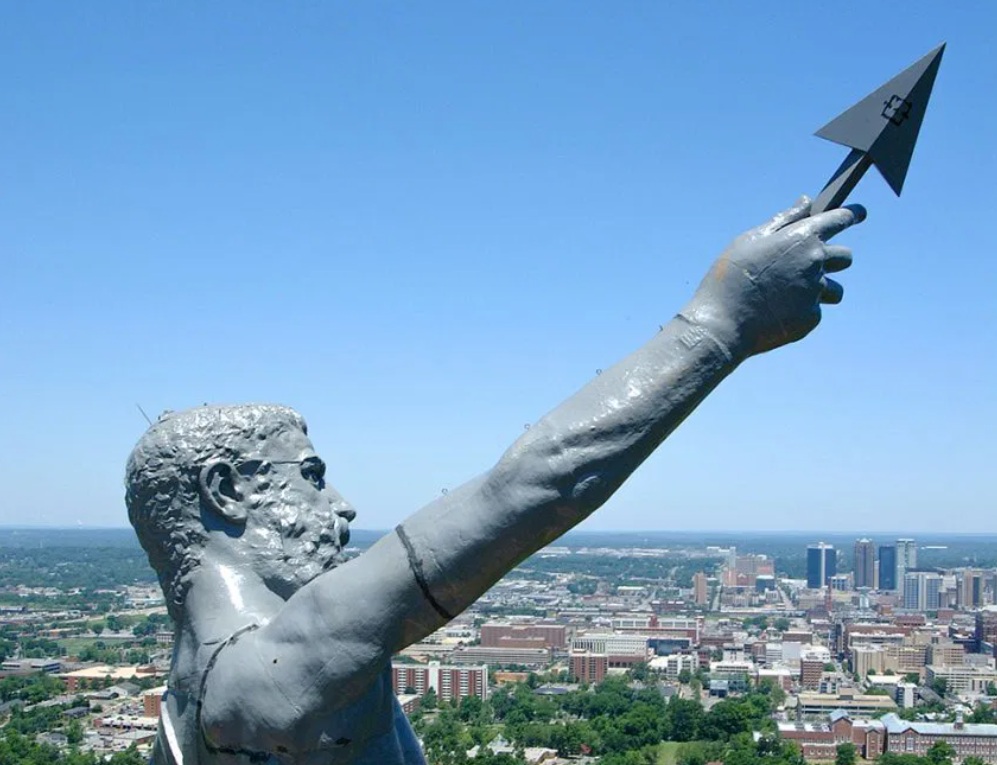
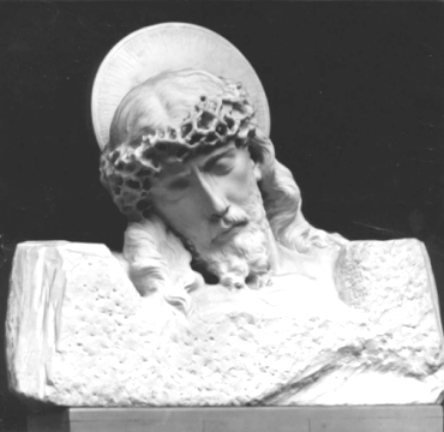
Moretti’s career spanned several decades and cities, with Pittsburgh becoming a major hub for his commissions. His works there include grand entrances to Highland Park, bronze panthers on Panther Hollow Bridge, and a series of First World War memorials. Despite his artistic success, Moretti struggled as a businessman, often losing money in failed ventures, including an attempt to establish his own marble quarry.
Personal Life
In 1905, he married Dorothea Long, a Boston aristocrat, and later took on Geneva Mercer as his apprentice. She became an invaluable collaborator, assisting him in producing nearly 100 sculptures for the Gran Teatro de la Habana in Cuba.
By 1925, facing financial troubles and declining health, Moretti returned to Italy, settling in Sanremo. He passed away in February 1935, leaving behind a prolific body of work that continues to be admired in both Italy and the United States.

